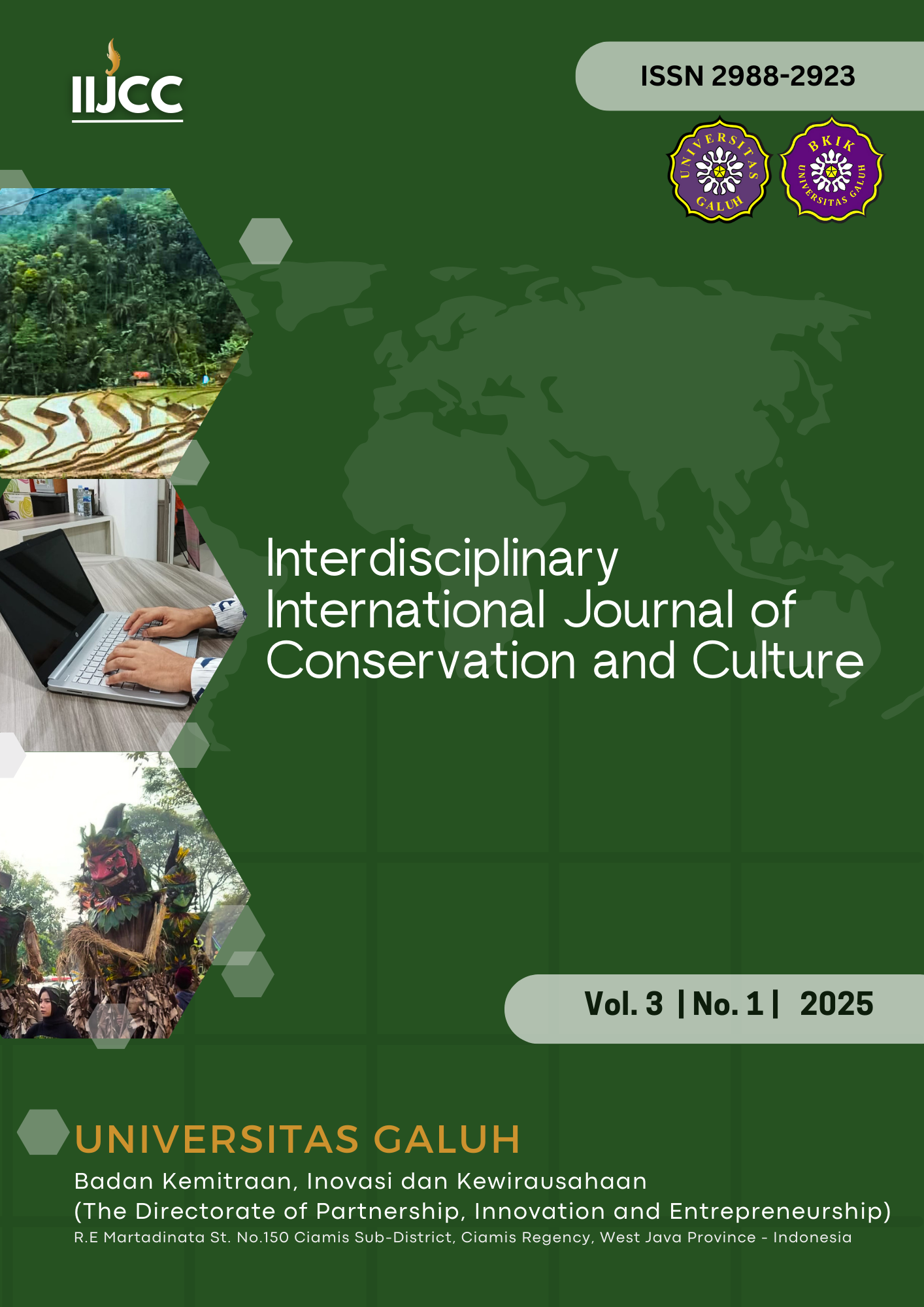The interplay of culture and language in Indonesian EFL classrooms: Reframing Liddicoat and Scarino’s Concept
DOI:
https://doi.org/10.25157/iijcc.v3i1.4821Keywords:
interplay, culture, English, language, Indonesia, Liddicoat and Scarino’s ConceptAbstract
The conceptual framework for combining culture and language training proposed by Liddicoat and Scarino (2013) comprising 1) Structural Understandings of Content, 2) Communicative Understanding of Content, 2) Content-Based Language Teaching, 4) Concept-Based Understandings of Content, and 5) Content for Intercultural Language Teaching and Learning is reinterpreted in this paper. It delves into how students' comprehension of the connection between language and culture can be improved via the use of a systematic method for organizing course material. The framework lays the groundwork for successful engagement with both cultural and linguistic components by stressing the methodical presentation of such content. To further emphasize the significance of language forms and their practical use in genuine communication, the authors also present communicative understandings of content. More meaningful language interactions are made possible by this method, which emphasizes the interdependence of cultural knowledge and linguistic abilities. Furthermore, the article delves further into the topic of content-based language training, which uses authentic cultural settings to improve both language learning and cross-cultural competency. It promotes a more in-depth investigation of cultural notions and their influence on language acquisition by integrating concept-based understandings of culture. With an emphasis on helping students become fluent communicators and adept at navigating cultural differences, this article presents the concept of content for intercultural language learning. This paper stresses the need for inclusive pedagogy that welcomes Indonesian EFL students of all backgrounds, encourages the growth of language skills and intercultural understanding, and ultimately equips students to participate actively in communities around the world.
Downloads
Published
How to Cite
Issue
Section
License
Copyright (c) 2025 Interdisciplinary International Journal of Conservation and Culture

This work is licensed under a Creative Commons Attribution-ShareAlike 4.0 International License.










